How to Eat Healthy & Stay in Shape While Travelling:
By Adrian| February 27th, 2021

The Challenges Travel Brings to Our Diets
Maintaining healthy habits can be challenging enough for busy professionals who work from or close to home.
But when travel is added to the mix – for work, social related activities such as hiking or going on holidays and staycations, maintaining a healthy diet can be even more difficult.
But it doesn’t have to be.
Whenever you are travelling, there are some easy-to-follow tips which can be implemented to make the best possible choices and to keep you on track with your goals
In this blog post I’m firstly going to educate you on the three major macronutrients and what each one does. This will allow you to make better decisions when it comes to deciding what to buy.
Secondly, I’m going to guide you through the importance of thinking about how your food has been cooked. This can have a HUGE impact on the net calories per meal.
Finally, I’m going to give you some specific tips on how to eat healthily while travelling – whether at a restaurant, grill, deli, supermarket or even if you want to bring your own pre-packaged snacks.
Manage your Macros:
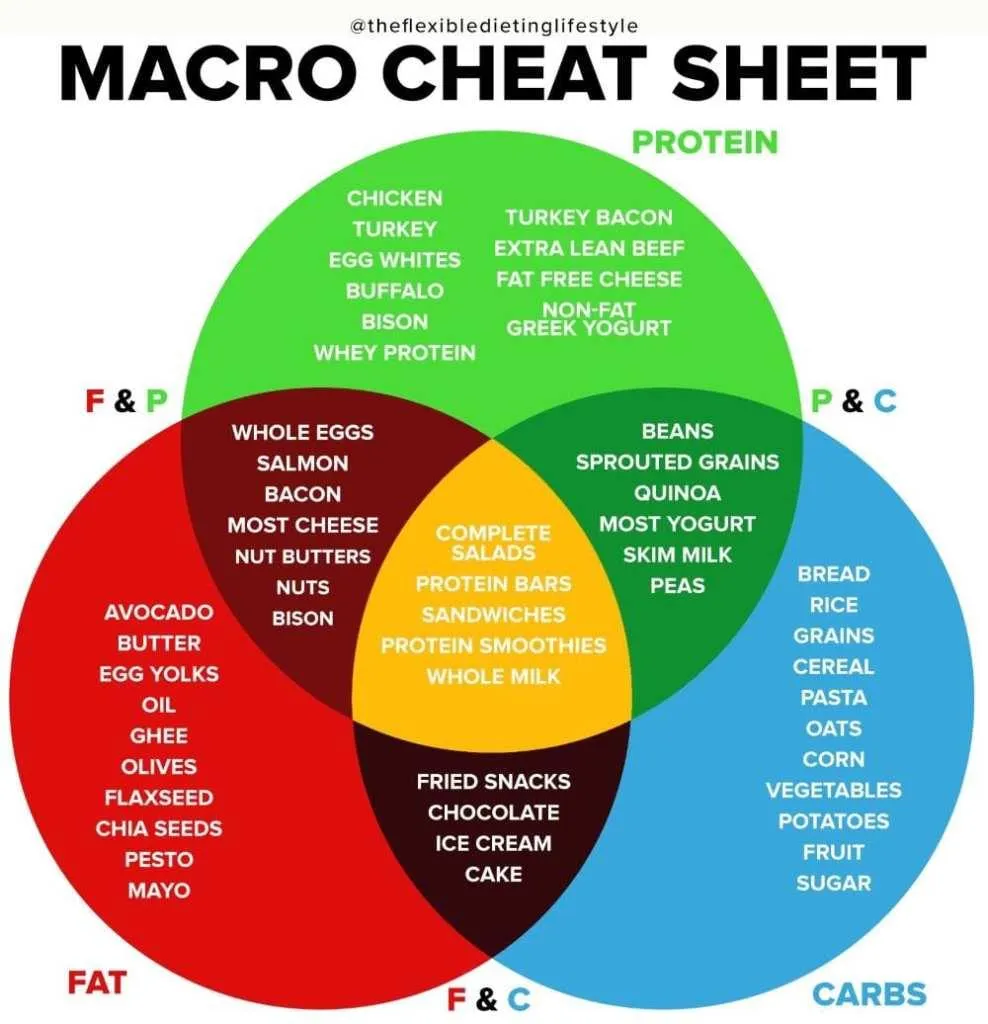
There are three major macronutrients – protein, carbohydrates and fats.
• Protein helps build and repair your bodies muscle. It has 4 calories per gram. Examples include chicken, fish, lean red meat, eggs, whey protein, tofu, Quorn and Greek yogurt.
• Carbohydrates are your bodies preferred form of energy – There are also 4 calories per gram of carbohydrate. Examples include potatoes, oats, rice, pasta, breads (these would all be starchy carbohydrates) along with fruits and veg (which are higher in fiber)
.
• Fats are needed for hormone development, are great for your skin and are your bodies secondary source of energy behind carbohydrates. There are 9 calories per gram of fat in foods. Some examples include avocado, nuts and nut butters, olive oil, pesto, hummus etc.
Whenever you’re deciding what to buy, looking at foods from the standpoint of what form of macronutrient they fall under – protein, carbohydrates and fats will make you be better able to decide what you need.
Deciding what to Buy:
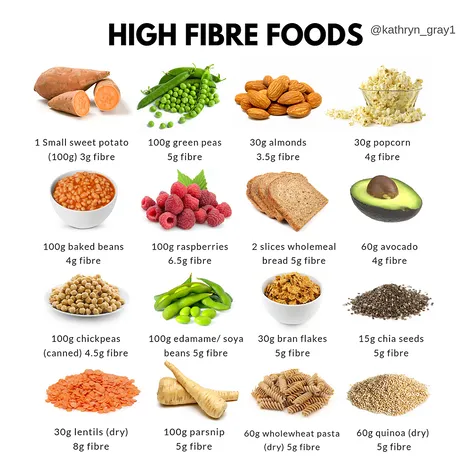
Before deciding what to buy, ask yourself what do I actually need?
If you’re travelling and will be sitting down for a long period of time during your journey, you want to avoid getting the mid-afternoon slump.
Often (not always), this can come down to feeling tired and lethargic from eating too many starchy carbohydrates. Remember, carbohydrates are your bodies preferred form of energy. But travelling on the road and sitting down isn’t a very taxing activity on your energy expenditure!
My advice would be to get the majority of carbohydrates from foods higher in fiber – such as fruits and vegetables and reducing your serving size of starchy carbohydrates – breads, pastas, potatoes etc – especially in the earlier part of the day. Instead, I would focus on eating foods higher in protein & fiber along with some healthy fats.
When travelling, I always like to eat meals higher in protein and fiber around lunch and the early afternoon and saving the carbs until the final meal of the evening. This helps keep your calories intact (without skipping meals) during the day which gives you much more room to play (without restricting yourself) come the evening.
This is not to say that carbohydrates are “bad” or make you fat! It’s just important to understand the role they play and if you’re not being very active that day, you’re unlikely to need them in abundance.
How has the food I’m about to eat been cooked?
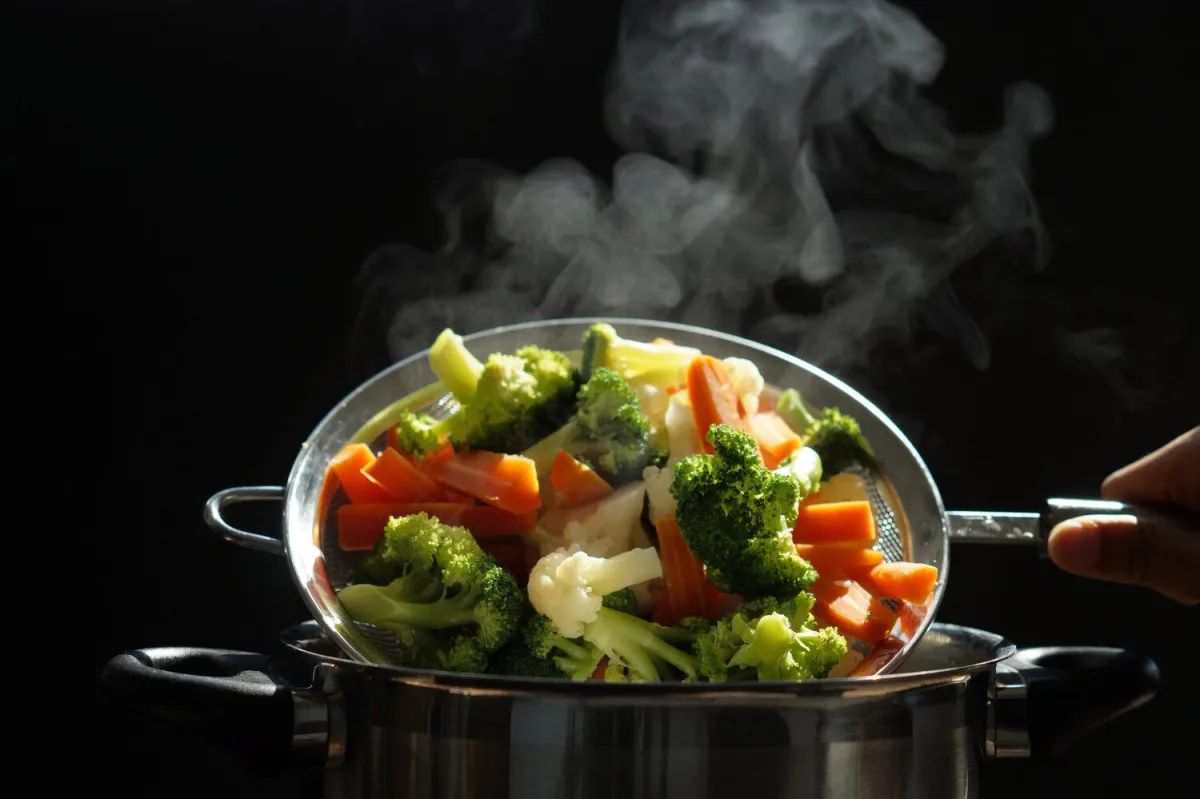
Thinking about how your food was cooked can be a game changer! Especially if you’re eating in a carvery or grill or are looking to get a lunch/dinner.
For instance, a roasted or oven-baked chicken breast is probably going to have a lot less calories than a fried chicken breast. Why?
A chef’s top priority is to get the food prepared as fast as possible. It’s unlikely he/she is concerned about the fact you’re on a fitness journey. This means, the fried chicken you’re about to order have likely been cooked in sunflower or vegetable oil – not extra virgin olive oil!
Why is this issue? Once heated, sunflower/vegetable oil goes from being an already unhealthy oil into something much worse – a trans fat. Your body doesn’t recognize trans fats so once consumed, it gets automatically stored as visceral fat.
That is why we want to try minimise foods in our diets which are high in trans fats. Often, foods high in trans fats are the ones that have been deeply fried. If you’ve ever complained about having stubborn bodyfat, fried foods can be a big contributor.
Not only is it important to think about how the meat was cooked, but if you are selecting starchy carbohydrates, the same holds true. Examples would be fried vs boiled rice or deep-fried chips vs boiled potatoes. Always think about how the food was cooked before buying.
What’s the alternative? Ideally, look for foods that have been roasted or boiled if you plan on having a meal or a salad. There is less risk of them being drizzled with excess oil and can easily save you up to 400 calories without majorly impacting the food you choose to eat.
Hydration:
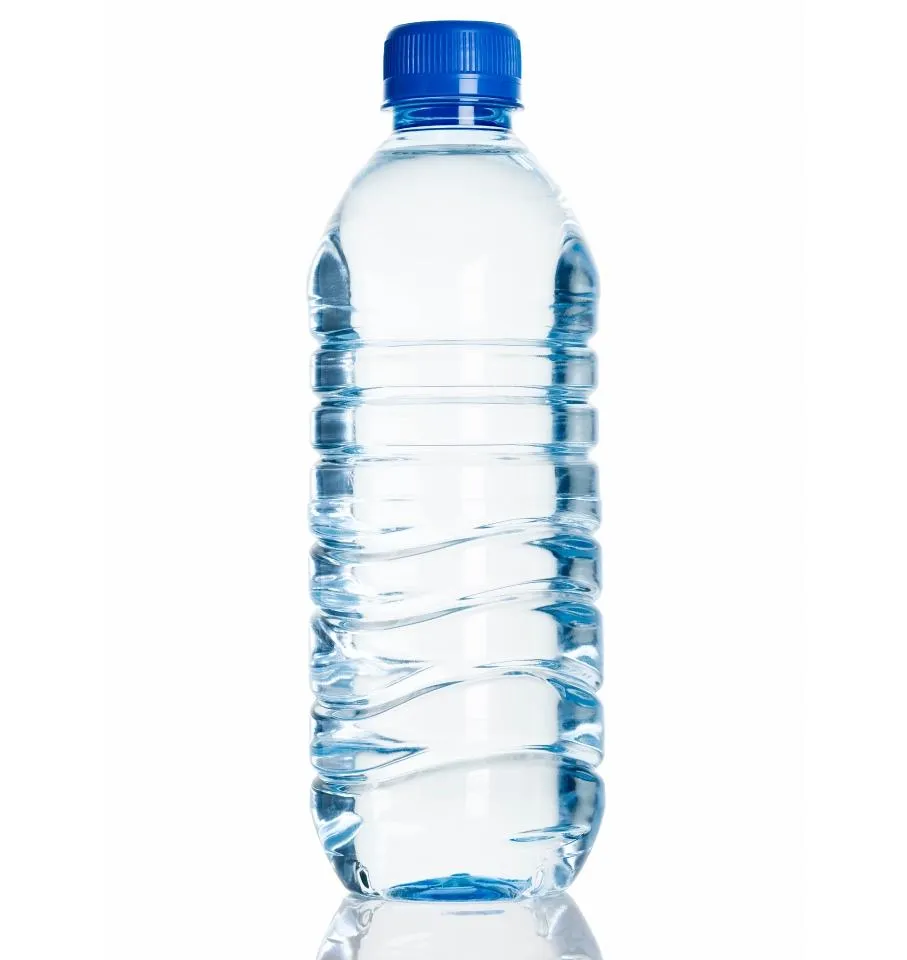
Before I dive into how to make the best possible choices if you’re eating at a restaurant, out of a deli or even stopping at a local supermarket – there one last topic I need to touch on – water intake.
One universal principle (whether you are travelling or not) is to ensure you stay hydrated. It is common for us to mistake being hungry with being thirsty.
Every road trip you go on, make it a habit to bring a bottle of water with you. Not only will this keep you hydrated, when we do get thirsty and need to stop off at, it’s common for us to opt for the more lucrative fizzy drink instead of the tried and tested bottle of water.
The best way to prevent this from happening is to not allow yourself to get thirsty in the first place. My first tip is to bring a bottle of water with you wherever you’re travelling to.
Restaurant/Carvery:
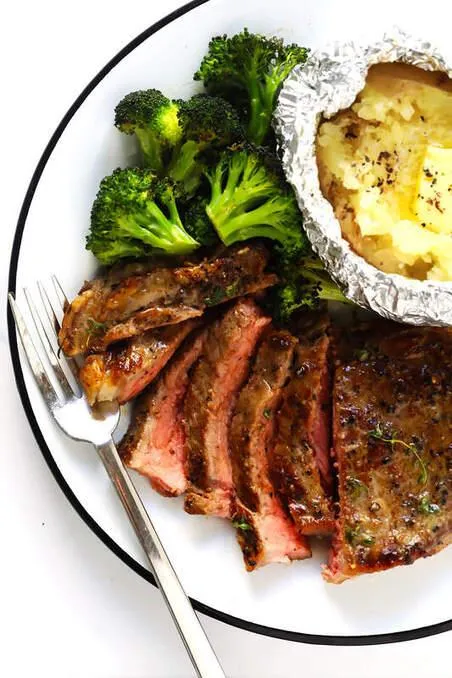
1. Choose your Protein: Thinking about how the food was cooked, choose a protein source of your choice. Examples include chicken, turkey, lean beef, fish and tofu/quorn for vegan options.
2. Vegetables: Usually chefs are quiet generous with their serving of veggies so don’t’ be afraid to ask for some extra.
3. Starchy Carbohydrates: If you do want a serving of carbohydrates, make the best possible decision. As stated above, boiled/jacked potatoes would be a better option instead of creamed potatoes or chips. Similarly, boiled rice would be a better option than friend rice.
Grill
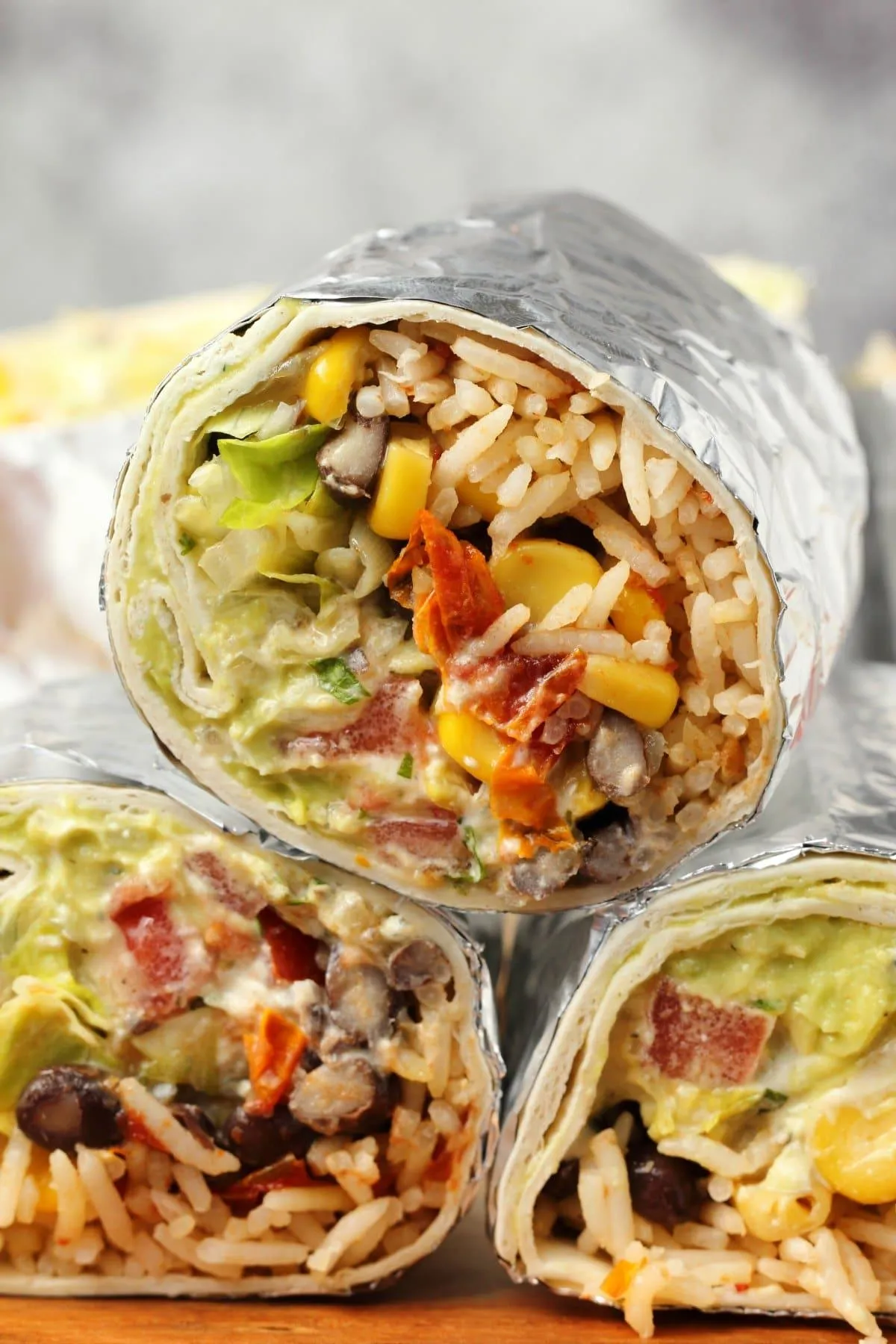
I managed to stay in shape while eating out regularly in America at a Mexican grill – Chipotle. Here’s the formula I’d recommend:
1. Bowl vs Burrito: The choice is yours – my advice would be ask for a bowl however as you’re adding extra carbs and calories from the white wrap.
2. Choose your Protein: Again, think about how the food was cooked. If all they have is fried meat, this is out of your control. But often they offer shredded beef which is slow cooked and a good option. Vegan options would include asking for more beans, legumes and lentils.
3. Vegetables: Grill’s usually have a huge selection of veggies from salsa, to onions, to peppers, lettuce etc. My advice would be to select from the wide range of options they have to fill the majority or most of the remainder of your bowl/burrito.
4. Other Toppings: Beans are high in fiber and very filling. They work well here. If you are asking for guacamole, one spoon will be more than enough (guacamole is very calorie dense). Additional toppings like sour cream and cheese aren’t the most nutrient dense foods but if you enjoy them, ask for them at the end of your order. Adding rice to your bowl/burrito isn’t compulsory but if you wish to have some, choose the boiled rice instead of the fried rice.
Deli
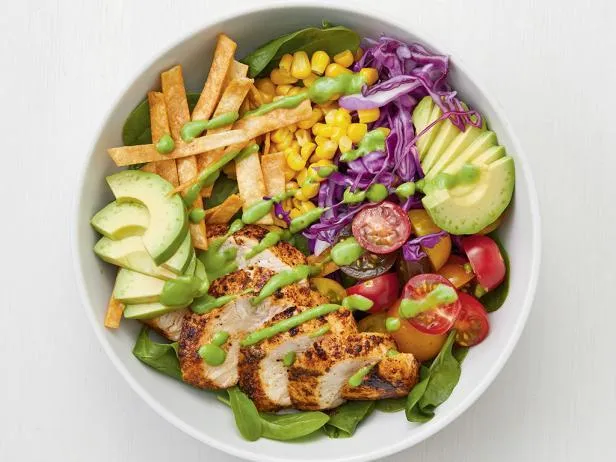
1. Salad Bowl vs Roll or Wrap: The choice is yours – my advice would be ask for a bowl however for the same reason above.
2. Choose your protein: Most delis have chicken breasts, slices of turkey and even boiled eggs. Some meats (such as ham) are more processed than others and may not be optimal. For vegans, deli’s can be challenging so my advice would be to get choose from alternative supermarket/DIY snacks below for a protein source.
3. Vegetables: Again, once you have your protein chosen, it’s time to load up on the veg. Take your pick – there’ll likely be plenty of peppers, lettuce, sweetcorn, spring onions etc. Fill the rest of your bowl with your veg.
4. Add Flavours: Most delis have a good selection of sauces. This ranges from ketchup, to barbecue to peri, peri. If you want to add some extra flavour, ask for some on the side as opposed to spreading it over your entire meal.
Supermarket:
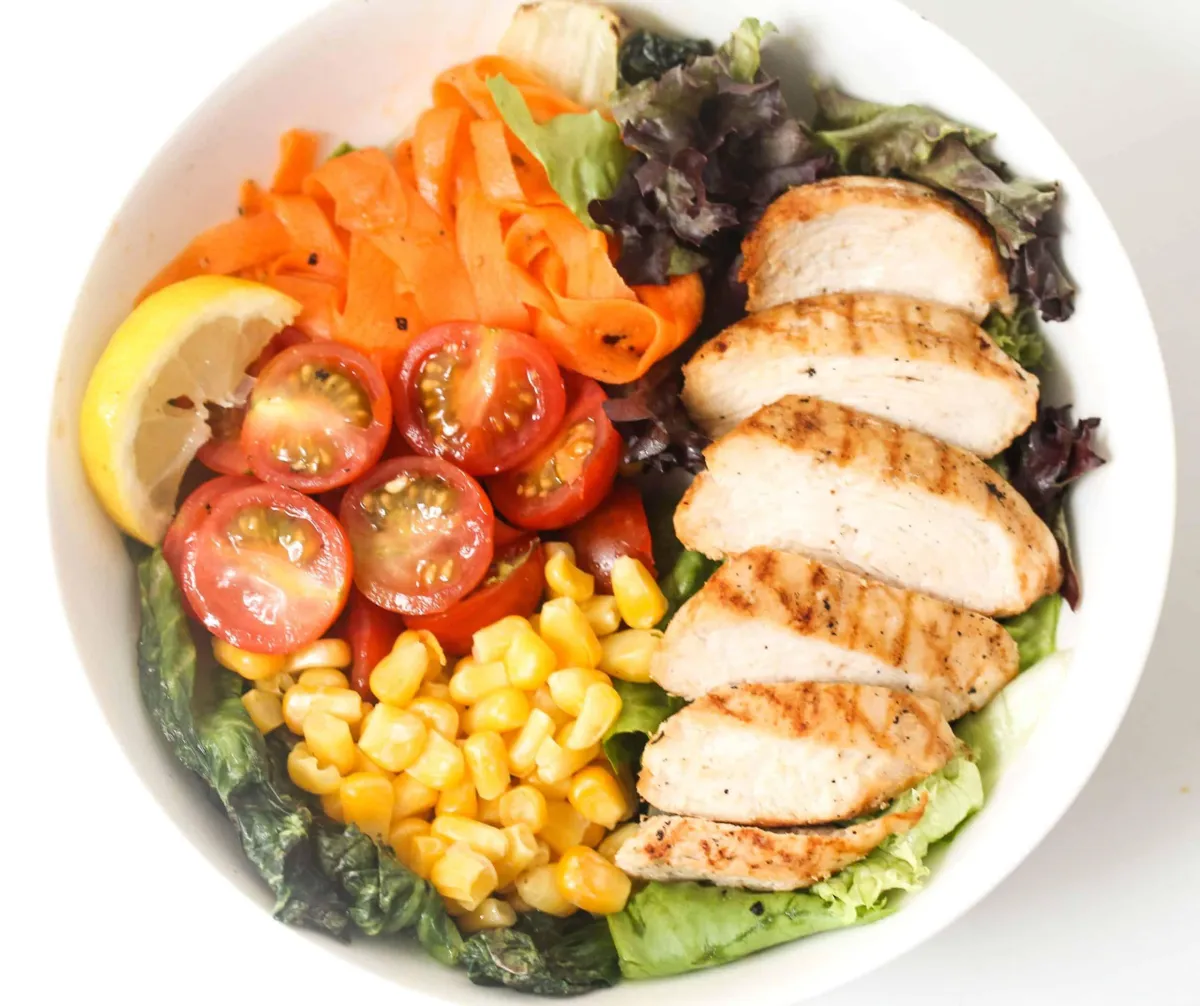
If you only have time to run in and out of your supermarket (or if you’re going to a match/on a trip) here are some options for you which would tie you over for a few hours:
1. Salad bowl: Some shops have some nice pre-packaged salad bowls e.g. Chicken Caesar Salads you could buy.
2. DIY Salad Bowl: If you want to make your own salad bowl, grab some pre-packaged meat (again, this is not as good as the real deal but better than nothing – vegan options are also available). I’d recommend sticking to chicken or turkey slices. If available, buy a pre-packaged salad bowl (meat free) and combine both of them together.
3. Other options: Other protein options include getting a smaller pot of protein yogurt a small carton of protein milk or a protein bar as a last resort. Then grab some fruit and a drink. I find having a warm drink after my meals helps reduce sugar cravings.
In this scenario above, a lot of people would just opt for something like a 750ml Mooju and packet of chocolate peanuts but I’d strongly advise against this.
They both might have ‘high protein’ in fancy writing on the label but what you don’t see is the ridiculous amount of sugar and calories in both of these. In fact, a 750ml Mooju and 100g packet of chocolate peanuts combined have almost 1000 calories in total!
While they do taste nice and you might be tricked into thinking they are nutritious, the calorie count alone in both of these could add up to 50% of your total recommended amount.
Convenient Snacks:
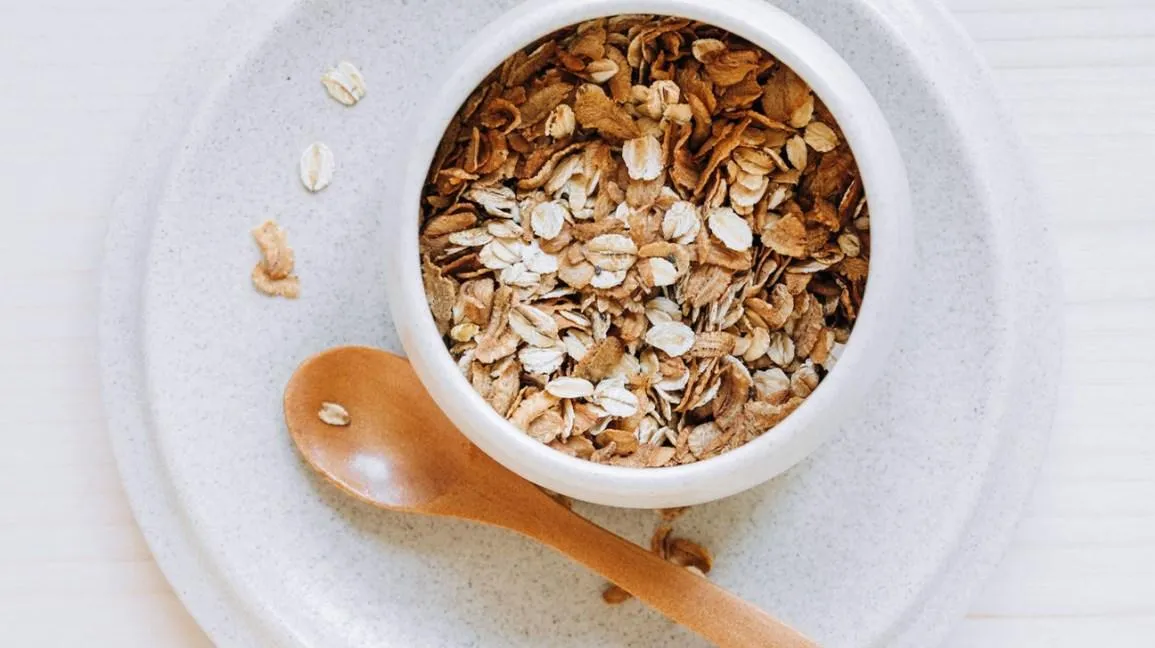
If you’ve a long journey ahead of you and don’t plan on stopping at a shop, some of the following I find works well:
• Boiled eggs – place in a container and snack as you go. Warning – ensure they are placed in a sealed container or else they can leave a smell!
• Protein shake – simple yet effective. Protein shakes will tie you over for a few hours.
• Overnight oats – combine some oats, Greek yogurt, almond milk and stir in a pot. Add your fruit/nuts the day you’re travelling to ensure they’re fresh.
• Fruit – select fruits which are filling such as apples, oranges or berries.
• Vegetables – if you like snacking on vegetables, sugar snaps and carrot sticks work well.
• Nuts – the danger is in the dose but a small handful of nuts are a great on the go snack.
• Cooked foods – if you’ve time to cook some treats beforehand, I love making a batch of protein pancakes and bringing them with me. Other treats like oat bread and protein oats also work well.
The Takeaway:
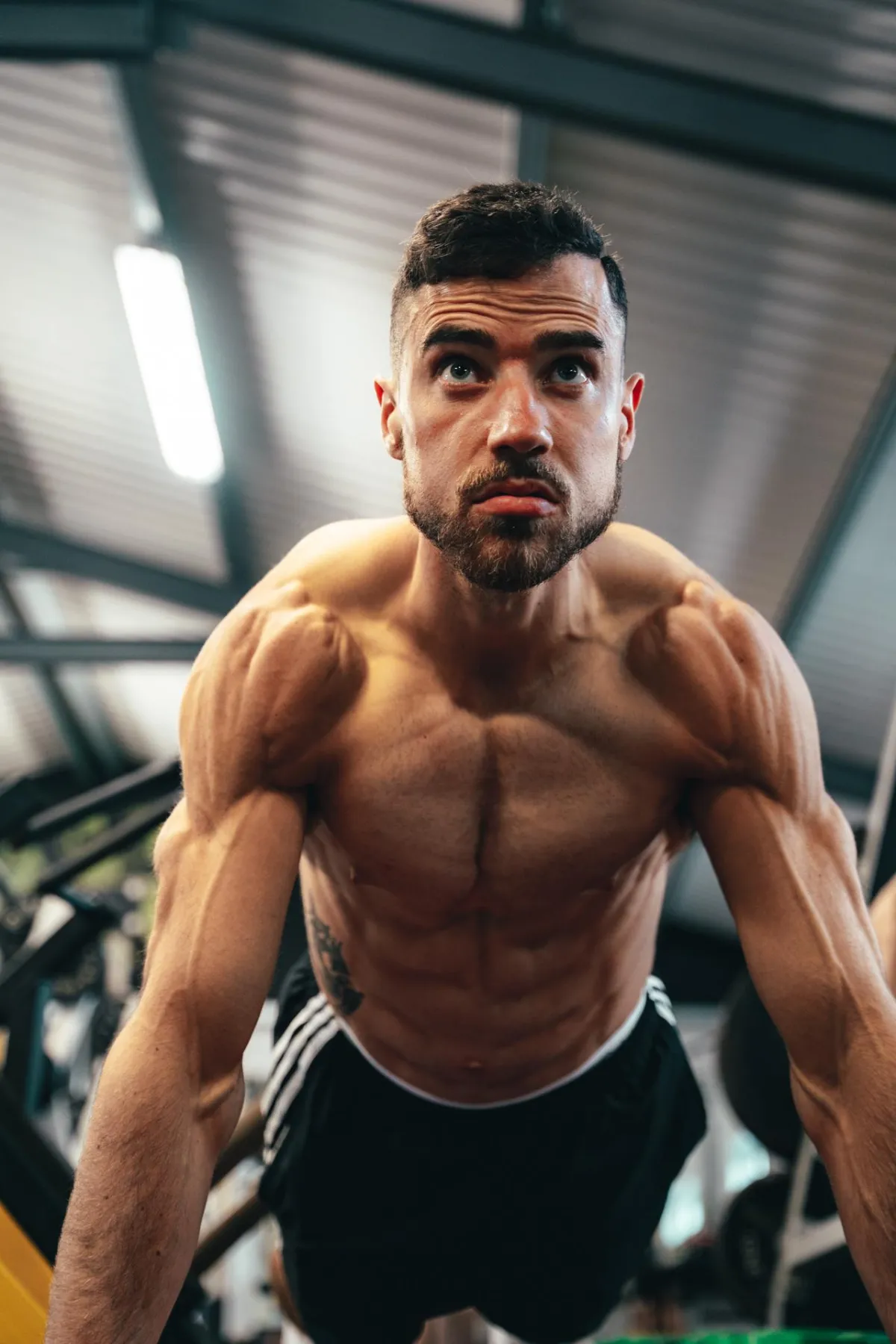
I hope this blog post takes away any fear/anxiety you might have if you’re ever travelling or eating on the go but want to keep things relatively healthy without being restrictive. To recap:
1. Protein, carbohydrates and fats – decide what you need.
2. Think about how the food was cooked.
3. Hydrate.
4. Whether you’re eating at a restaurant, carvery, grill or supermarket, try ensure you have protein and fiber in your meals.
5. Bringing quick and convenient pre-packaged snacks are great to tie you over for a few hours.
Please Share With Your Friends:
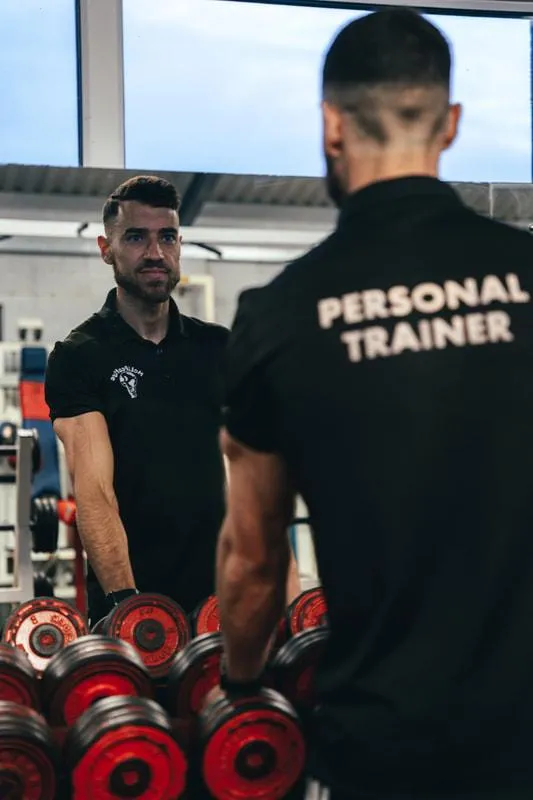
Thank you for reading – I hope you learned something new and got some value from this.
If you did get value from it, please pay the fee. What's the fee?
If you find this content valuable (maybe you learned something new or are going to implement a new practice) then please share my blog post with a friend or on your social stories and tag me on Instagram (@McLifestyleFitness).
For such a small act that doesn't cost anything, it really helps me reach more people and spread the word on how to optimise your health and fitness.
I don’t run ads towards my blog posts, everything I’ve done to date has been done organically from people like you reading spreading the good word. I’d appreciate your continued support.
If You'd Like Some Additional Support:

If you found this post beneficial, then join my Free Facebook Group for more training tips. I share nutritional recipes, workout videos and even live coaching videos.
If you’d like a coach to help put a customised training plan in operation for you, then book your free consultation call today to see if you’d be a good fit for my Online Coaching.
If you know what to do, why haven’t you done it yet?
This is where having the structure and accountability of a coach comes in. I’ll help you get the results you’ve always desired and make your journey much easier and quicker than doing it on your own.
What’s the purpose of the consultation call?
To deep dive into your health & exercise history, your goals and current struggles and from there decide if we’d be able to work together (note – I am not the right coach for everyone which is why I have consultation calls with potential clients of mine).
If we are a good fit, we can get working on your personalised program so you can finally make the changes you’ve always wanted.
Read Last Week's Post
© 2021 McLifestyle Fitness & Performance Ltd. - All Rights Reserved
Privacy Policy | Terms & Conditions | Release & Waiver of Liability